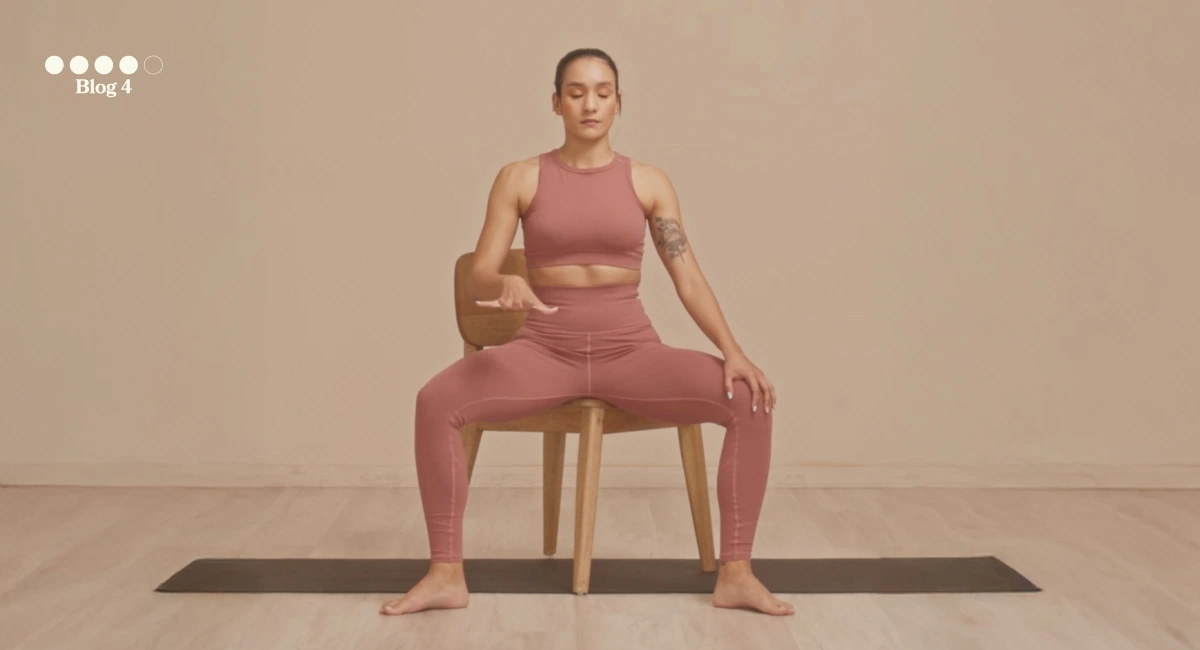
- Ontvang een gratis cadeau bij bestellingen vanaf €30
- Klanten beoordelen ons gemiddeld met een 4,6 / 5 (882 beoordelingen)

Exercises for pelvic floor muscles? It’s easier than you think! Exercises for pelvic floor muscles are not only effective in preventing problems such as urinary or fecal leaks and prolapse, but they also contribute to better sexual health. By exercising your pelvic floor muscles, you can even increase pleasure during intercourse. And the best part? You can strengthen these important muscles at home, just from the comfort of your couch with a few simple exercises.
Exercising your pelvic floor muscles should be as regular a part of your self-care routine as skin care! Many people think that these exercises are only useful for pregnant women or women who have just given birth, but that is a misconception. Pelvic floor exercises can enhance the health of any woman. Here are some key benefits:
We understand that your time is precious, especially with a full schedule. That’s why we’ve gathered a few simple exercises for pelvic floor muscles for you that you can easily do at home:
Step 1: Get to know your muscles
The first step in strengthening your pelvic floor is knowing which muscles are involved and learning how to activate them properly. To find these muscles, imagine trying to stop your urine flow – those are your pelvic floor muscles. It is crucial to activate them without squeezing your glutes, abdomen or legs and without holding your breath.
Tip: When you contract the muscles, you should feel them being lifted slightly inward, and when you relax, they should drop down quickly and completely. Relaxation is just as important as contraction because it ensures good muscle control.
Step 2: Start in a comfortable position
Before doing standing exercises, start in a comfortable position, such as lying down or sitting. Gently contract your pelvic floor muscles without forcing the movement. Remember that the goal is to perform these exercises in a controlled manner without tightening other muscle groups. Try to do 3 sets of 8 repetitions daily.
Step 3: Incorporate exercises into your daily routine
Turn your daily activities into opportunities to strengthen your pelvic floor. Here are some examples: Bend your knees, keep your back straight and use your abdominal and pelvic floor muscles when standing. That way you work out without interrupting your day. Or, for example, while cooking or cleaning: Use the moments when you are standing to contract and relax the muscles in a controlled way.
Step 4: Coordination exercises
Contract your pelvic floor muscles for 5 seconds and then relax them again for 5 seconds. Repeat 10 to 15 times, at least three times a day. Consistency is the key to results!
NOTE: Kegel exercises were traditionally recommended to strengthen the pelvic floor, but we do not recommend doing them without the guidance of a professional.
Despite the many benefits of pelvic floor training, there are myths and misconceptions that may keep some women from doing these exercises:
Incorporating pelvic floor muscle exercises into your daily life is an effective way to improve your overall health and well-being. They not only help prevent physical problems, but also have a positive impact on your quality of life and sexual health. With these simple steps, you can exercise at home without drastically changing your routine and enjoy the long-term benefits.
If you’re still not sure how to do the exercises or want to know if you’re doing them correctly, check out the video we made for you on the Evie Health app.
Want to learn more about how to care for your pelvic floor and improve your female health? Then take a look at Ser Pélvica‘s website, they can support you with expert guidance and practical tips for improving your pelvic floor health and overall well-being. Do you have any questions for us? Feel free to ask them, contact us!
Get the latest news on menstrual freedom straight to your inbox!
HQ Beppy, Netherlands
Signalman 1-3
3034 KH Rotterdam
[email protected]
+31 (0)10 467 65 73 (9.00 – 17.00)
Chamber of Commerce: 24123466
Beppy, Belgium
9A Countess Elisabethlaan, P.O. Box 77
2320 Hoogstraten
[email protected]
+32 (0)78 158 349 (9.00 – 17.00)





